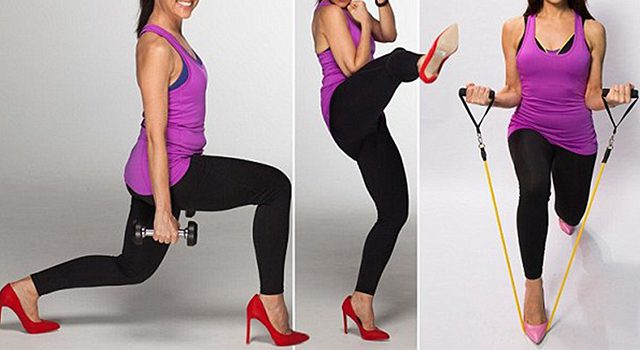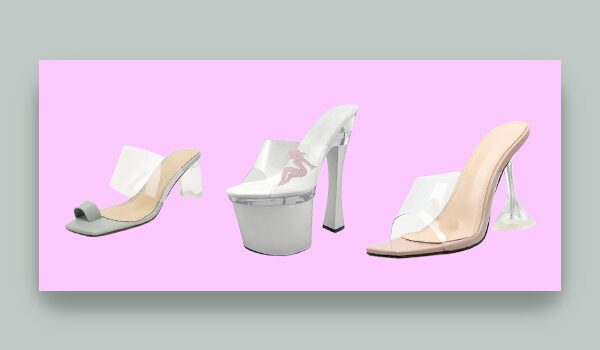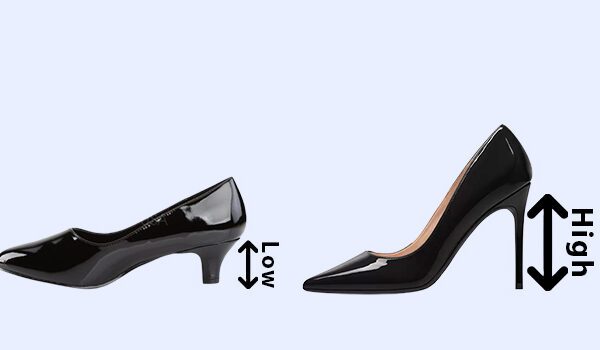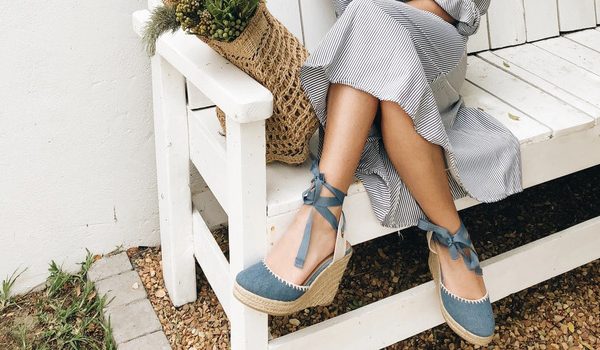Wearing stunning heels can boost your self-esteem and sense of style, but wearing them all the time can strain your ankles and feet.
And, if you have been always a high heel wearer, then don’t worry! We have brought you some posture-friendly foot exercises for high heels in your routine to help prevent backaches and foot muscle aches.
Before we move on to exercises to walk in heels, here are our two cents; you can choose comfortable flats for your commute on some days and trade in your tall heels for shorter ones! Wearing gorgeous pumps should be effortless and not cause you endless pain.
In order to avoid the pain associated with wearing stilettos, revamp your exercise regimen with high heels exercises to strengthen and extend your legs. Your feet will be grateful for the care!
Disclosure: This post contains affiliate links. When you purchase a service or a product through the links, I sometimes earn a commission, at no additional cost to you. Read my full disclosure here.
Why Do You Need a High Heel Workout?
New York City personal trainer Jessi Kneeland says putting on heels shortens your calf muscles and may lead to pain in the ankles or knees. And, this constant pain arising due to continuous wearing of high heels can lead to many chronic joints and muscles problem in the future.
Thus, to counter this, strengthen your hamstrings and glutes for stability and support, and stretch and extend your muscles with the help of foot exercises for high heels. After a night out, your ankles and leg muscles may hurt from the pressure of wearing heels, which throws off your equilibrium.
Post-heel, high heels exercise is a must and crucial because it relieves the strain of walking in those fashionable but demanding shoes while also strengthening and stretching the muscles.
8 Easy High Heels Exercise
1. Foot Muscles-Ball Release
To relieve foot discomfort, take a tennis or golf ball and roll it gently from the heel to the toes. Repeat this motion 20 times on each foot. This simple exercise to walk in heels serves as a self-massage, helping release tension and promoting a soothing effect for overall relaxation.
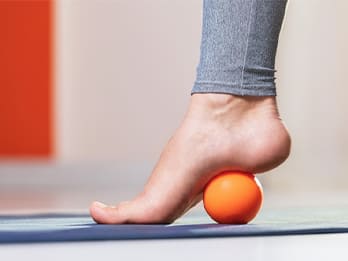
2. Toe Spreading with Fingers Interlaced
Sit comfortably and interlace your fingers with your toes. Rotate your foot clockwise and anticlockwise, repeating this movement 10-15 times on each foot. This foot exercises for high heels is beneficial for enhancing toe flexibility and addressing tightness often experienced after wearing high heels.
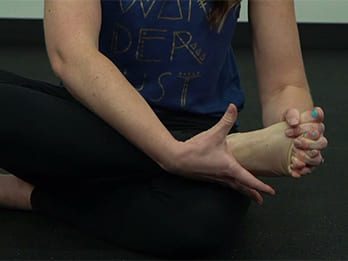
3. Toe Extension
To strengthen and increase flexibility, practice foot exercises for wearing high heels like toe extension while seated. As much as you can, extend your toes outward; hold the position for a few seconds, then release. For two sets, repeat this motion ten times on each foot. By targeting the muscles in your toes specifically, this exercise for wearing high heels keeps them from weakening or wearing out.
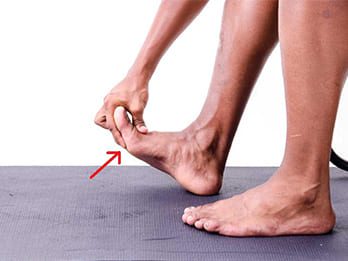
4. Alternative Heel Raises
Now, this one is for stretching out high heels. Place your feet shoulder-width apart and lean on something sturdy for stability. Lift each heel off the ground in turn, holding it there for a short while before bringing it back down.
On each foot, repeat this motion ten to fifteen times. Your feet’s muscles can be effectively stretched with these alternate heel raises, relieving tightness and discomfort. One of the most effective exercises is to walk in heels.
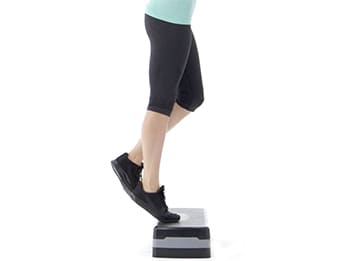
5. Single Leg Squat Matrix
This high heels exercise technique helps to loosen up tight muscles and improve ankle stability. Do deep squats while maintaining your balance on one leg. Stretch your opposing foot to tap the ground in various directions. Do this again while picturing the face of a clock for a thorough exercise. The foot and ankle can be strengthened and stabilized from multiple angles with such foot exercises for high heels exercise.
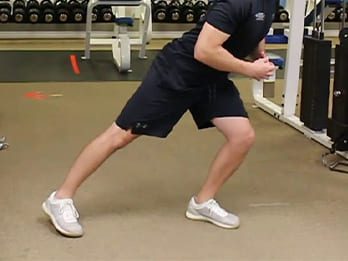
6. Calf Raises
Calf raises help to strengthen your calves and relieve pain in your ankles. Place your heels off the edge and your toes on the step as you stand. After lowering your heels to the floor and maintaining a prolonged stretch for two seconds, push through your toes to raise your body into a calf raise. For three sets, repeat this motion fifteen times to obtain the best results for foot exercises for wearing high heels. These foot exercises for high heels can be made more challenging and effective by doing them barefoot.
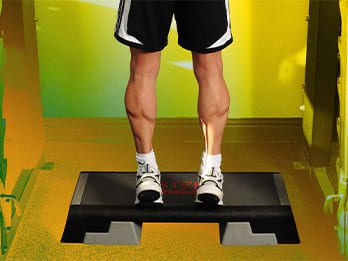
7. Walk barefoot
Give your feet time to heal and grow stronger by going barefoot. Stretching your toes and doing a natural foot workout are great opportunities to walk outdoors like gardens, lawns, or beaches. If you’d rather go more covert with this exercise to walk in heels, you could get the same advantages without baring all of your toes by wearing barefoot trainers.
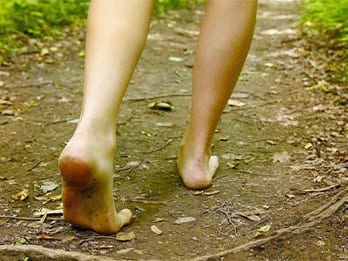
8. Ankle Rotations
Ankle rotations increase the strength and mobility of the ankle. You can practically do this easy workout anywhere. Swing your foot through its full range of motion, extending and flexing your ankle and toes. After ten rotations in each direction, swap your feet. Make three sets of this sequence in total. Ankle rotations are a useful high heels exercise for strengthening and regaining range of motion in tense feet and ankles.
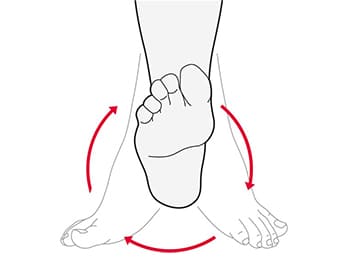
4 Best Types of Stretches to Include in Your High Heel Workout
Stretching out high heels is the best way to relax your heels muscles before and after wearing heels. Here, we have got 4 best exercises for stretching out high heels so that you can walk in comfort and ease.
1. Ankle Extensors Stretch
Prevents: Prevent stress fractures of the shin bones and feet, as well as shin splints.
- Drop to your knees on both knees to start.
- Under your feet, place a rolled-up hand towel on the ground.
- Place the towel slightly below the point where the top of your foot meets your toes.
- When you feel a tug across the tops of your feet and ankles, gently reposition your hips onto your heels.
- Additionally, you might feel the stretch across the front of your shins.
- For thirty seconds, maintain this posture.
- Double-check your stretching out high heels technique.
Purpose: The tendons and muscles along the soles of your feet and shins are the focus of this stretch. To avoid shin splints and stress fractures, it’s essential to stretch after exercises like running, jumping, hiking, and dance cardio. This stretching out high heels exercise also improves your flexibility for things like getting up on your toes, whether you’re doing ballet-inspired exercises or wearing high heels.
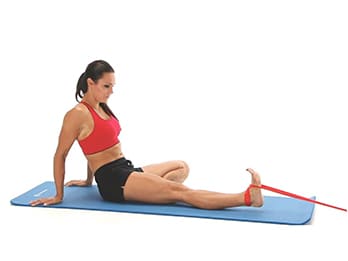
2. Peroneal Stretch
Prevents: Foot and ankle joint dysfunction; improper alignment of the foot and lower leg.
- Take hold of a non-stretch strap while lying on your back.
- Wrap the strap around your foot’s ball.
- While keeping the other leg extended along the floor, raise one leg.
- Turn your foot inside out and bring your toes back towards you.
- With the hand that isn’t being used to stretch the leg, hold the strap.
- As you raise and cross your leg, point the foot in the direction of the opposing shoulder.
- Your peroneal muscles will be targeted as you feel the stretch along the outside of your shin.
- For thirty seconds, maintain this posture.
- Twice on each side, repeat the stretching out high heels technique.
Purpose: This stretch lengthens the peroneals, which are necessary for running and jumping. Ankle and foot joint dysfunction as well as improper foot and lower leg alignment can be caused by tightness in this region. To maintain correct ankle alignment, it’s imperative to stretch the peroneals regularly.
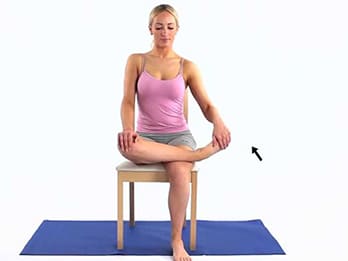
3. Calf Stretch
Prevents: Tears or strains in the calf, plantar fasciitis, Achilles tendonitis.
- Place your hands against the wall, bend your front leg, and extend your back leg to form a lunge.
- Maintain a slight toe-in stance with your back leg, making sure the heel remains in contact with the ground.
- While keeping your back knee straight and your hips squarely against the wall, plant your heel into the ground. For 30 seconds, hold.
- Reduce the size of your lunge by bringing your back foot closer to the wall. With your heel on the floor and your toes pointed slightly inward, bend your back knee. For 30 seconds, hold.
- Continue on the opposite side.
Purpose: The gastrocnemius is the target of the first section, while the soleus is the focus of the second part of high heels exercise. Since these muscles form the Achilles tendon, it is essential to stretch them separately and this is why you need foot exercises for wearing high heels. Because calves are frequently used in activities like walking, running, jumping, and wearing high heels, regular calf stretching helps prevent problems like Achilles tendonitis, plantar fasciitis, and calf strains or tears.
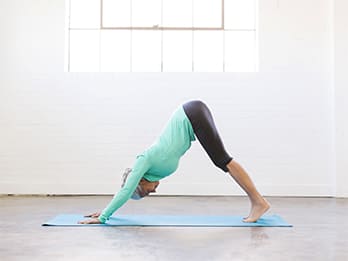
4. FHL Stretch
Prevents: This foot exercises for wearing high heels prevents big toe issues or tendonitis.
- Place your big toe up against a small ledge on the wall or the frame of a door.
- Aim for the ball of your foot to touch the floor as you slide your toe downward so that it points upward.
- Maintain the other toes flat on the ground.
- Make sure your heel stays on the ground as you bend your knee.
- Make the most of your big toe’s contact with the wall—not just the tip.
- Target the FHL (Flexor Hallucis Longus), a vital muscle/tendon complex, by holding this stretch.
- The FHL is heavily utilized in jumps, dancing, donning high heels, and pointing toes.
- Sustain sufficient length in this exercise to walk in heels, to avoid big toe issues or tendinitis.
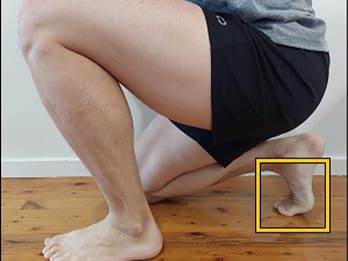
Conclusion
Whether you wear heels daily or reserve them for special occasions, your feet need some attention with nothing but foot exercises for high heels! These quick stability-ball high heel workouts are revolutionary.
All it takes is six minutes a day to ease the pain in your calves and feet. It’s a simple high heels exercise routine that has a significant impact. You’ll feel relieved when you give your feet the care they deserve.
Cheers to your happy high heel workout!

